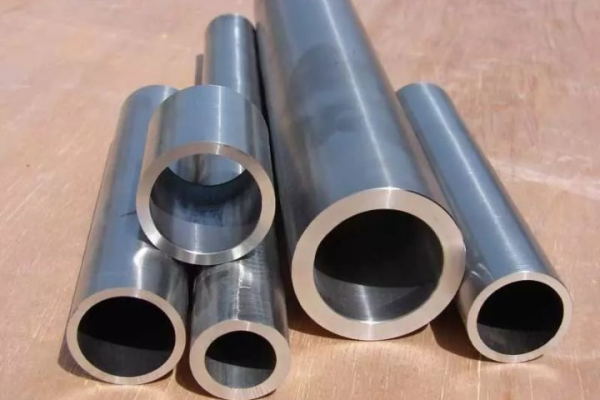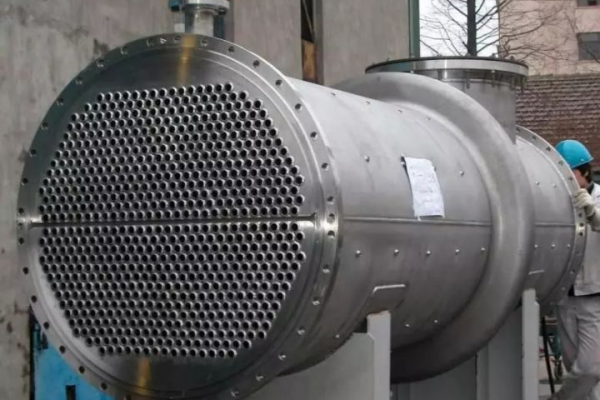The condenser is an essential component of power plants. Prior to the 1970s, condensers were composed mostly of stainless steel, brass, and cupronickel, among other materials. Under the corrosive effects of contaminated saltwater, these materials frequently experience pitting corrosion, stress corrosion, and abrasion, which ultimately result in leakage, requiring the shutdown of power plants and inflicting significant economic losses. Therefore, it is of the utmost importance to discover a material that is resistant to corrosion by dirty saltwater.
Titanium is very ideal for usage as a condenser material because to its low density, strong strength, and good corrosion resistance, especially for saltwater and contaminated seawater.
Titanium in Power Station
The United States, France, Japan, and other nations began doing experimental research on titanium used in power station condensers as early as the late 1950s and early 1960s. Furthermore, titanium is frequently utilized in auxiliary coolers, contemporary power plant cooling pools, condensers and lubricating oil coolers of generator transformers, and steam turbines.
By the early 1990s, the globe had over 500 thermal power plants, with titanium condensers accounting for more than 30% of the total. According to incomplete data, by the end of 1998, 94 units of roughly 30 power plants in my nation had used titanium condensers, with a total usage of about 3,400 tons of titanium tubes.
With the fast expansion of my country’s power construction since 1990, particularly the development of the coastal economy, the development of power in these regions has been substantially pushed, as have the promotion and application of titanium condensers in my country’s power industry. Nonetheless, the localization of titanium tubes for condensers in my nation is still plagued by issues such as high cost and low yield, and many raw materials are still imported.

Key Issues
Numerous testing and application examples have demonstrated that the use of titanium in power station condensers offers significant technical and economic benefits. Taking a 1000 Mw condenser in Japan in 1983 as an example, based on the condenser’s 40-year service life, the aluminum-brass tube must leak an average of 10 pieces per year, but the titanium tube has no leakage within 40 years. Consequently, the cost of operating a titanium condenser is considerably less than that of a copper alloy condenser. However, there are still three major issues that must be resolved immediately with titanium condensers.

- Cleaning difficulties
Due to the presence of many sediments, suspended particles, marine animals, and corrosive compounds in saltwater, copper alloy pipes are extremely susceptible to corrosion. Titanium is very resistant to corrosion and does not create hazardous chemicals on its surface, unlike copper alloy tubes. The ability of marine organisms to adhere to the inner wall of a titanium tube reduces its heat transmission efficiency, necessitating a cleaning equipment. - Hydrogen absorption difficulty
Although titanium is exceptionally resistant to corrosion in many highly corrosive conditions, its high affinity for hydrogen makes it relatively simple to absorb. The solid solution limit of hydrogen in titanium is relatively low (approximately 20ppm).If the limit is exceeded, hydrides will precipitate on the titanium surface. Titanium’s impact value and elongation will rapidly drop as surface hydrides grow. This will eventually lead to devastation. - Vibration-related issues
Although titanium condensers can not corrode or leak, vibration can still cause damage. To prevent the vibration issue with titanium tubes, it is vital to choose the proper partition spacing when creating titanium condensers and to confirm that the original partition spacing is sufficient when converting older units.
The growth of my nation’s power sector will be considerably aided by raising the standard of mass manufacturing for titanium tubes and the infrastructure used to support titanium condensers.